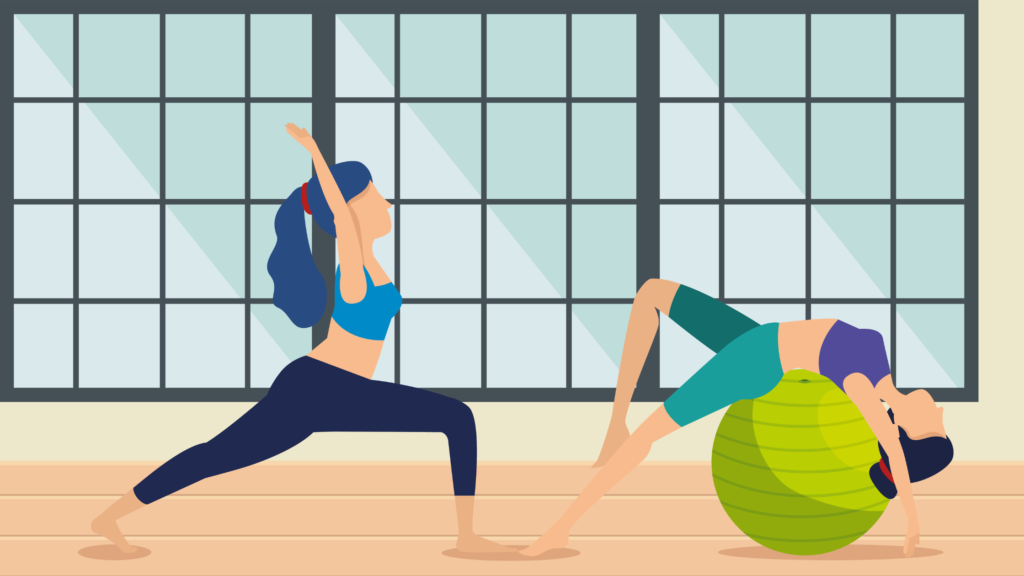
The pelvic floor comprises a group of muscles supporting organs such as the bladder, uterus, and rectum in the pelvic region. Unfortunately, many individuals, especially women, encounter pelvic floor issues at some point in their lives, manifesting as urinary incontinence, pelvic organ prolapse, and diminished sexual satisfaction. However, Kegel exercises offer a simple and effective solution to strengthen pelvic floor muscles and alleviate these concerns. In this article, we will delve into what Kegel exercises entail, their mechanism, benefits, and how to perform them correctly under the guidance of Dr. Sumit Sharma, a renowned urologist based in Gurgaon.
Recognising Pelvic Floor Issues:
Pelvic floor disorders affect people across all ages and genders, with women being more susceptible, especially during and after pregnancy, as well as with advancing age. Common pelvic floor issues include urinary incontinence, pelvic organ prolapse, and reduced sexual satisfaction.
Understanding Kegel Exercises:
Kegel exercises, coined after Dr. Arnold Kegel, who developed them in the late 1940s, consist of a series of pelvic floor muscle-strengthening routines. These exercises aim to enhance muscle tone and provide support to pelvic organs, thereby addressing pelvic floor issues.
How These Exercises Work:
Pelvic floor muscles regulate urine flow and support pelvic organs. Weakness in these muscles leads to various pelvic floor problems. Kegel exercises focus on strengthening and improving the resilience of these specific muscles.
The Benefits of Kegel Exercises:
- Improved Urine Control: Strengthening pelvic floor muscles aids in better bladder control, minimizing urinary incontinence.
- Reduction in Pelvic Organ Prolapse Risk: Strong pelvic floor muscles contribute to better maintenance of pelvic organs, reducing the risk of organ prolapse.
- Enhanced Sexual Function: Both men and women experience heightened sexual satisfaction as pelvic floor muscles strengthen, promoting sexual confidence.
- Postpartum Recovery: Women who have recently given birth can benefit from Kegel exercises in restoring compromised pelvic floor muscles during pregnancy and childbirth.
Correct Execution of Exercises:
Identifying the correct muscles is crucial before commencing Kegel exercises. One method involves interrupting the flow of urine midstream to identify the targeted muscles. However, it’s important to note that Kegel exercises should not involve regular interruption of urination, as it may lead to bladder issues.
Step-by-Step Instructions for Performing Kegel Exercises:
- Find a Comfortable Position: Sit, stand, or lie down comfortably without tensing other muscle groups.
- Squeeze the Pelvic Floor Muscles: Contract the identified pelvic floor muscles without engaging other muscle groups.
- Hold the Contraction: Maintain the contraction for 3 to 5 seconds while breathing normally.
- Relax the Muscles: Slowly release the contraction and allow complete muscle relaxation.
- Aim for 10-15 repetitions per session, gradually increasing intensity and duration over time.
- Practice Kegel exercises at least three times a day, with breaks between sessions.
Tips for Effective Kegel Exercises:
- Be Patient: Consistency is key to seeing significant results.
- Maintain Proper Technique: Contract and relax pelvic floor muscles without involving other muscles.
- Avoid Excessive Contractions: Gradually increase intensity to prevent muscle fatigue or discomfort.
- Continue Kegel Exercises: Even after experiencing benefits, to maintain pelvic floor muscle strength and prevent future issues.
Conclusion
Pelvic floor disorders significantly impact quality of life, but Kegel exercises offer a feasible solution. By targeting and strengthening pelvic floor muscles, individuals can improve urine control, reduce the risk of pelvic organ prolapse, and enhance sexual satisfaction. It’s essential to perform Kegel exercises correctly, be patient with results, and incorporate them into daily routines for optimal benefits. Prioritize pelvic floor wellness for overall health and confidence. For further insights into Kegel exercises, consult Dr. Sumit Sharma, the leading urologist in Gurgaon.



